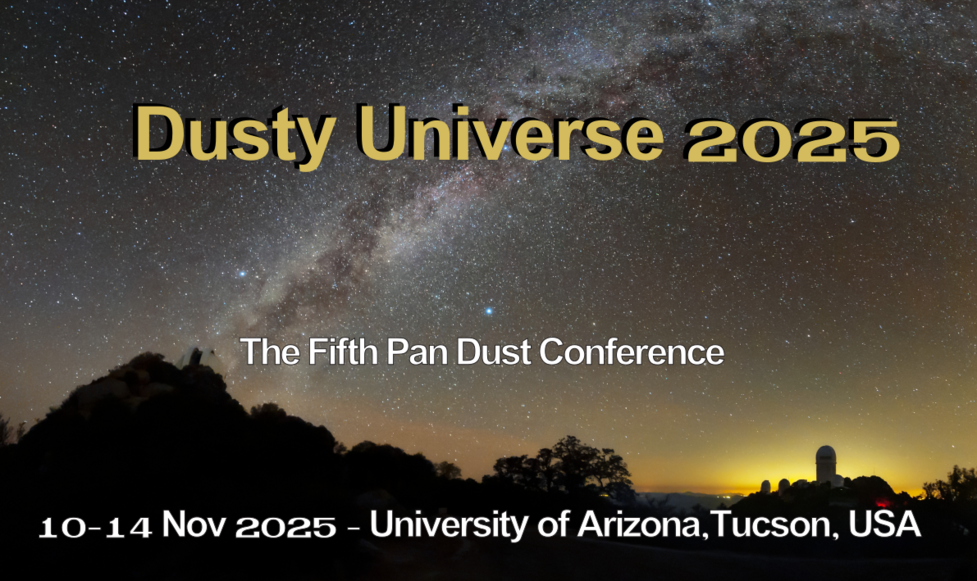Interstellar dust affects a wide range of astronomical observations, from the ultraviolet to the far infrared. At the same time, dust is a key component in the chemical evolution of galaxies, and dust clouds are the sites of star formation.
The fundamental goal of dust mapping is to chart both the amplitude and wavelength-dependence of extinction (the "extinction curve") in 3D throughout the Milky Way, in order to correct for its observational effects, understand its physical nature, and study myriad physical processes in the interstellar medium.
Some of the earliest dust maps were based on far-infrared dust emission, and could thus only trace integrated dust column density in 2D across the sky. The advent of large stellar surveys in the 2000s-2010s finally enabled the creation of large-scale, high-resolution 3D dust maps. Yet these initial 3D dust maps contained little information about how the extinction curve varies.
Historically, the extinction curve has been measured using spectra of hundreds of O/B-type stars, providing detailed information about individual sightlines. Today, large surveys of low-resolution spectra are revolutionizing the field. Ongoing and upcoming space missions - such as Gaia, Euclid, SPHEREx, and the Chinese Space Station Telescope - will finally allow us to chart the extinction curve from the ultraviolet to mid-infrared as a function of 3D position throughout the Milky Way. This will not only provide more accurate extinction corrections, but also help transform our knowledge of interstellar dust properties.

 PDF version
PDF version
